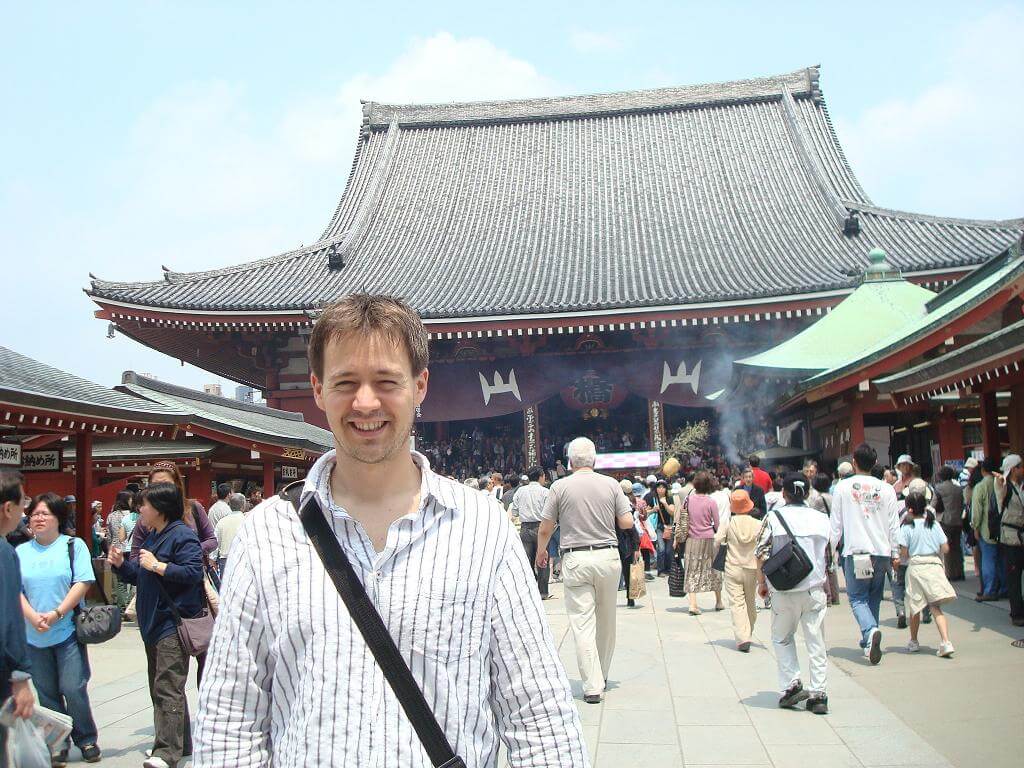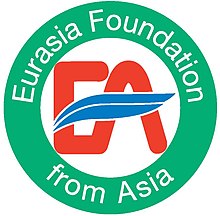
Abstract
Transculturalidad en las artes escénicas japonesas: el teatro
nô y su revisión occidental
El nô es uno de los cuatro grandes géneros teatrales tradicionales de Japón junto con el
kyôgen, el kabuki y el bunraku. Surgió en el siglo XIV, durante el período Muromachi
(1336-1573), y, hasta el período Meiji (1868-1912), estuvo estrechamente vinculado a la
aristocracia de corte y a la nobleza guerrera, que fueron sus principales patrocinadores.
Desde su aparición, el nô se ha venido representando en Japón de manera
ininterrumpida hasta nuestros días. Con la apertura del país al mundo a finales del siglo
XIX, empezó a ser conocido también en Occidente, donde, además de convertirse en
objeto de estudio, comenzó a dar sus primeros frutos en forma de creaciones adaptadas
a realidades ajenas a aquella que lo vio nacer, como demuestran, por ejemplo, los
dramas nô del nobel de literatura irlandés William Butler Yeats (1865-1939). Mi
ponencia tiene como objetivo presentar los rasgos definitorios de esta sofisticada forma
dramatúrgica nipona —peculiaridades estilísticas; clases de actores; interpretación
actoral; tipos de escenarios y de elementos escenográficos; concepción del tiempo y del
espacio; simbología de máscaras, abanicos y vestimentas; tratamiento de la música;
filosofía religiosa subyacente a las obras que integran el repertorio clásico— y mostrar,
a partir de su recepción en Europa y en América, el modo en el que la tradición es
reinterpretada y adaptada a nuevos tiempos y contextos culturales.
Bio note
Raúl Fortes-Guerrero received his BA in Audiovisual Communication, his BA in
History of Art with Special Distinction, and his PhD Cum Laude and International
Doctor Mention in History of Art from the Universitat de València (University of
Valencia), where he has developed most of his career as a lecturer and researcher. He
was granted up to four fellowships, thanks to which he could stay at Waseda University
(Tokyo), Birkbeck College – University of London, and the University of Ljubljana
(Slovenia). He is a member of the European Association for Japanese Studies (EAJS)
and the Japanese poetry society Chikuhaku-kai, in whose renowned literary magazine
Kokoro no Hana he gets his tanka poems published monthly. Besides his literary works
(poems awarded at international contests and published in collaborative books as well
as in Spanish and foreign poetry anthologies), he is the author of many scientific
articles, book chapters, and books, including a monograph on Hayao Miyazaki (Hayao
Miyazaki, Akal, 2019) and a film guide for his movie Spirited Away (“El viaje de
Chihiro”. Hayao Miyazaki (2001), Nau Llibres/Octaedro, 2011). In fact, the oeuvre of
Hayao Miyazaki is one of his two main fields of specialization together with the
influence of Japanese performing arts on Japanese cinema, as shown not only by his
publications, but also by his more than forty papers in national and international
scientific conferences and symposiums organized by academic institutions such as
Goethe University Frankfurt, University of Warsaw, and Salford University. Currently,
he combines his job as a teacher of Japanese language and culture at the Universitat de
València with his task as coordinator of the Asia and Oceania Committees at the
International Observatory of Intangible Culture and Global Village of this academic
institution. To this can be added his work as a member of scientific committees for
congresses and scientific journals.
Raúl Fortes-Guerrero
Associate Lecturer, UV / Coordinator of the Asia and Oceania Committees at the International Observatory of Intangible Culture and Global Village.



